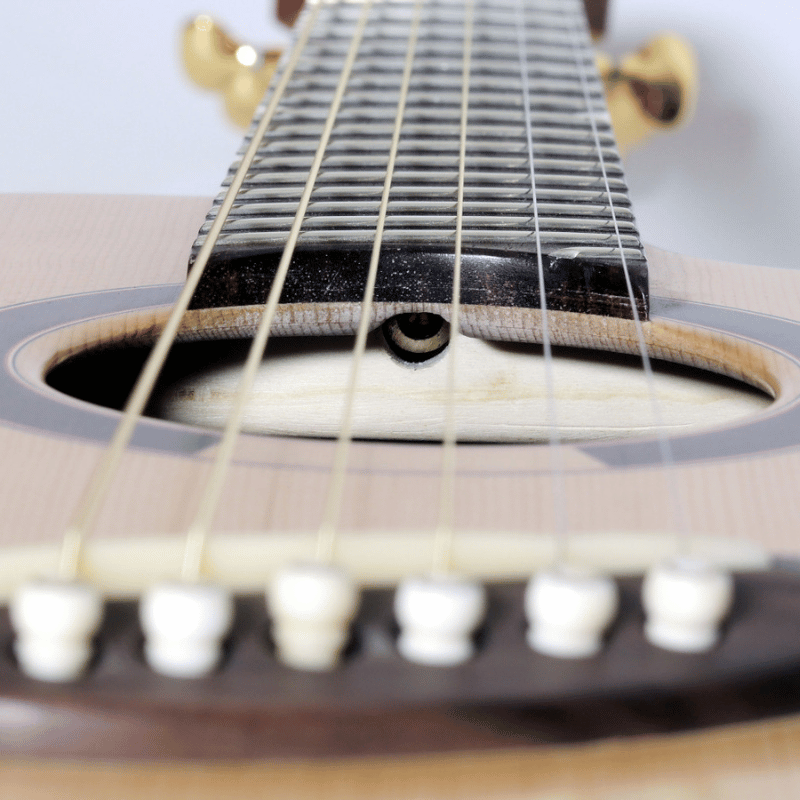Home> Company News> Build Your Own Martin Guitar: A Guide to Martin Guitar Kits
- AddressShan Dong Province Weifang City
- Factory AddressShan Dong Province Weifang City
- Worktime9:00am~6:00pm
- Phone(Working Time)+8613305315989
- Phone(Nonworking Time)+8613305315989
Build Your Own Martin Guitar: A Guide to Martin Guitar Kits
2023-05-06 11:11:04Building your own guitar is a unique and rewarding experience, and Martin guitar kits offer a great way to get started. These kits include all the parts and materials you need to build your own Martin guitar, and building a guitar from a kit can be a cost-effective and rewarding way to own a high-quality instrument. In this article, we'll explore the benefits of building a Martin guitar kit, as well as how to choose the right kit and tips for building and finishing your guitar.
Benefits of Building a Martin Guitar Kit
Building a Martin guitar kit has many benefits, including:
-
Cost savings: Building a guitar from a kit can be much less expensive than buying a pre-built guitar. While the cost of a Martin guitar kit may vary depending on the model and materials, building your own guitar can be a more affordable way to own a high-quality instrument.
-
Customization options: Building your own guitar from a kit allows you to customize your guitar to your own personal preferences. You can choose your own wood, hardware, and finishes, and create a unique instrument that reflects your individual style and taste.
-
Educational value: Building a Martin guitar kit is a great way to learn about guitar construction and gain valuable woodworking skills. You'll learn about different types of wood, hardware, and finishes, and develop the skills needed to build and maintain your own guitars.
-
Personal satisfaction: Building your own guitar from a kit can be a deeply satisfying and rewarding experience. There's nothing quite like the feeling of playing an instrument that you built with your own hands, and the pride that comes with creating something truly unique and beautiful.
Overall, building a Martin guitar kit can be a cost-effective, educational, and satisfying way to own a high-quality instrument that is truly your own.
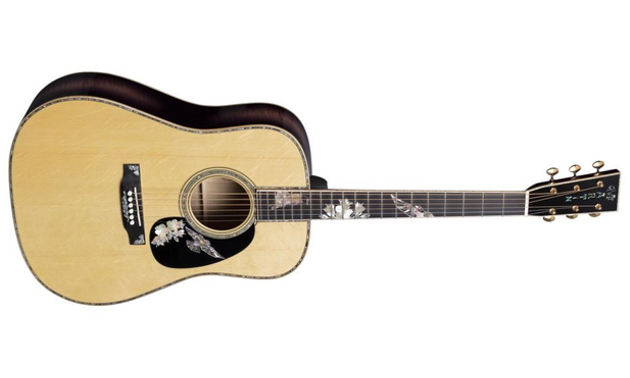
Choosing the Right Martin Guitar Kit
Choosing the right Martin guitar kit is essential for ensuring that you end up with a guitar that meets your needs and expectations. Here are some factors to consider when choosing a kit:
-
Skill level: Martin guitar kits come in a range of skill levels, from beginner to advanced. Be sure to choose a kit that matches your skill level and experience with woodworking and guitar construction.
-
Budget: Martin guitar kits can range in price, so it's important to determine your budget before you start shopping. Keep in mind that you'll also need to purchase tools and finishes, so be sure to factor those costs into your budget as well.
-
Sound: Different Martin guitar kits will produce different sounds, so it's important to choose a kit that matches your desired sound. Consider the types of wood used in the kit and how they will affect the sound of the guitar.
-
Size and style: Martin guitar kits come in a range of sizes and styles, so choose a kit that matches your preferences and playing style. Consider factors such as body size, neck shape, and fingerboard material when making your choice.
-
Reviews and ratings: Read reviews and ratings from other builders who have used the kit to get an idea of its quality and ease of use.
Ultimately, the right Martin guitar kit for you will depend on your individual needs and preferences. Take your time and do your research to find a kit that matches your skill level, budget, and desired sound and style.
Building a Martin Guitar Kit
Building a Martin guitar kit can be a challenging but rewarding experience. Here is a step-by-step guide to building a Martin guitar kit:
-
Gather your tools: To build a Martin guitar kit, you'll need a variety of tools, including clamps, sandpaper, a saw, drill, and files. Martin provides a list of required tools with each kit.
-
Assemble the body: Start by assembling the guitar body according to the instructions provided with the kit. This may involve gluing and clamping the sides to the top and back, as well as attaching the braces and bindings.
-
Install the neck: Next, install the neck onto the body of the guitar. This may involve drilling holes for the neck bolts and gluing the neck in place.
-
Install the hardware: Install the tuners, bridge, and other hardware according to the instructions provided with the kit. This may involve drilling and sanding to ensure a perfect fit.
-
Sand and finish the guitar: Sand the guitar body and neck to a smooth finish, and then apply your chosen finish according to the instructions provided with the kit. This may involve staining, oiling, or painting the guitar.
-
Install the strings: Once the finish has dried, install the strings and make any necessary adjustments to the bridge and nut to ensure proper string height and intonation.
While building a Martin guitar kit can be a challenging process, the result is a unique and high-quality instrument that you can be proud of. Be sure to follow the instructions carefully, take your time, and seek help or advice if needed. With patience and persistence, you can build a Martin guitar kit that will provide you with years of enjoyment and musical satisfaction.
Tips for Finishing Your Martin Guitar
Finishing your Martin guitar is a critical step in the building process, as it determines the look and feel of your guitar. Here are some tips for achieving a professional-looking finish:
-
Choose the right finish: Martin guitar kits come with a variety of finishing options, including lacquer, varnish, and oil. Choose a finish that matches your desired look and feel, and that is appropriate for the type of wood used in your kit.
-
Sand the guitar properly: Before applying the finish, sand the guitar body and neck to a smooth finish. Start with a coarse grit sandpaper and work your way up to a finer grit to achieve a smooth and even finish.
-
Apply the finish in thin coats: Apply the finish in thin, even coats, using a brush or spray gun. Avoid applying too much finish at once, as this can result in drips or uneven spots.
-
Sand between coats: Sand the guitar between each coat of finish to achieve a smooth and even finish. Use a fine-grit sandpaper to remove any imperfections and ensure that the next coat of finish adheres properly.
-
Buff the finish: Once the final coat of finish has dried, buff the guitar to achieve a high-gloss shine. Use a soft cloth and a polishing compound to buff the guitar to a professional-looking finish.
-
Be patient: Applying a finish to a guitar can be a time-consuming process, but it's important to be patient and take your time. Rushing the process can result in a sub-par finish that detracts from the overall look and feel of your guitar.
By following these tips, you can achieve a professional-looking finish on your Martin guitar that will enhance its beauty and durability. Remember to take your time, choose the right finish, and be patient throughout the finishing process.
Frequently Asked Questions
Here are some common questions about building a Martin guitar kit:
-
How long does it take to build a Martin guitar kit? Building a Martin guitar kit can take anywhere from several weeks to several months, depending on your skill level and the complexity of the kit. Be prepared to invest a significant amount of time and effort into building your guitar.
-
What skill level is required to build a Martin guitar kit? Martin guitar kits are available in a range of skill levels, from beginner to advanced. However, even beginner-level kits require some woodworking experience and basic tool skills. Be sure to choose a kit that matches your skill level and experience.
-
What tools do I need to build a Martin guitar kit? Martin guitar kits require a variety of tools, including clamps, sandpaper, a saw, drill, and files. Martin provides a list of required tools with each kit.
-
Can I customize my Martin guitar kit? Yes, Martin guitar kits offer a range of customization options, including different wood types, finishes, and hardware. This allows you to create a unique instrument that reflects your individual style and taste.
-
Do I need woodworking experience to build a Martin guitar kit? While woodworking experience can be helpful when building a Martin guitar kit, it's not necessarily required. Martin provides detailed instructions with each kit, and there are many online resources available to help you along the way. However, be prepared to invest a significant amount of time and effort into the building process, especially if you're new to woodworking.
Remember, building a Martin guitar kit is a challenging but rewarding experience that requires patience, persistence, and attention to detail. By choosing the right kit, gathering the necessary tools, and following the instructions carefully, you can create a unique and high-quality instrument that you can be proud of.
Conclusion
Building a Martin guitar kit can be a challenging but rewarding experience that allows you to create a unique and high-quality instrument that reflects your individual style and taste. By choosing the right kit, gathering the necessary tools, and following the instructions carefully, you can build a guitar that will provide you with years of musical enjoyment.
The benefits of building a Martin guitar kit include cost savings, customization options, educational value, and personal satisfaction. Whether you're a beginner or an experienced woodworker, building a Martin guitar kit can be a rewarding way to learn new skills and create something truly unique.
Remember to take your time, be patient, and seek help or advice if needed. With persistence and attention to detail, you can build a Martin guitar that will provide you with years of musical enjoyment and personal satisfaction.
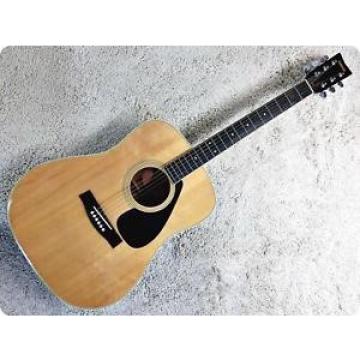 YAMAHA martin guitar strings acoustic medium FG-201B martin guitar accessories Japan martin Vintage acoustic guitar strings martin Acoustic martin acoustic guitars Guitar AG40 W40 GA057 RARE
YAMAHA martin guitar strings acoustic medium FG-201B martin guitar accessories Japan martin Vintage acoustic guitar strings martin Acoustic martin acoustic guitars Guitar AG40 W40 GA057 RARE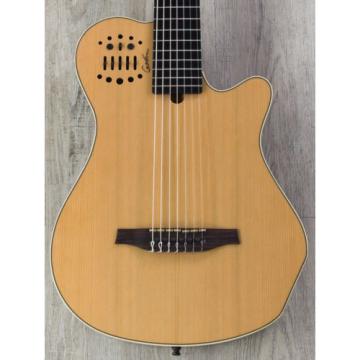 Godin acoustic guitar martin MultiAc martin guitar accessories Grand dreadnought acoustic guitar Concert martin guitar strings 7 martin d45 SA Acoustic-Electric 7-String Guitar, Natural
Godin acoustic guitar martin MultiAc martin guitar accessories Grand dreadnought acoustic guitar Concert martin guitar strings 7 martin d45 SA Acoustic-Electric 7-String Guitar, Natural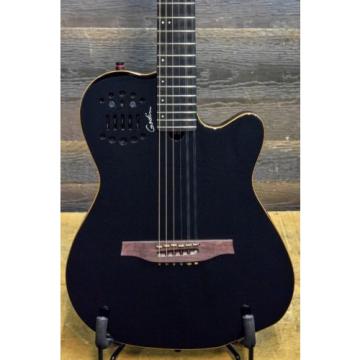 Godin acoustic guitar martin A10 guitar strings martin Black martin guitar accessories Steel martin d45 HG martin guitar strings acoustic medium "SF" 10-String SA El.-Acoustic Guitar w/ Bag #13342127
Godin acoustic guitar martin A10 guitar strings martin Black martin guitar accessories Steel martin d45 HG martin guitar strings acoustic medium "SF" 10-String SA El.-Acoustic Guitar w/ Bag #13342127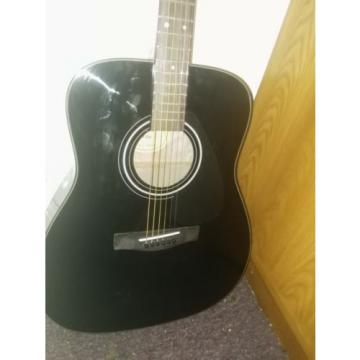 Yamaha martin d45 Acoustic martin guitar strings acoustic medium Guitar acoustic guitar martin martin guitars martin acoustic guitars
Yamaha martin d45 Acoustic martin guitar strings acoustic medium Guitar acoustic guitar martin martin guitars martin acoustic guitars Yamaha acoustic guitar strings martin C40II martin d45 Classical martin guitar strings acoustic medium Acoustic martin acoustic strings Guitar dreadnought acoustic guitar - C40II
Yamaha acoustic guitar strings martin C40II martin d45 Classical martin guitar strings acoustic medium Acoustic martin acoustic strings Guitar dreadnought acoustic guitar - C40II

